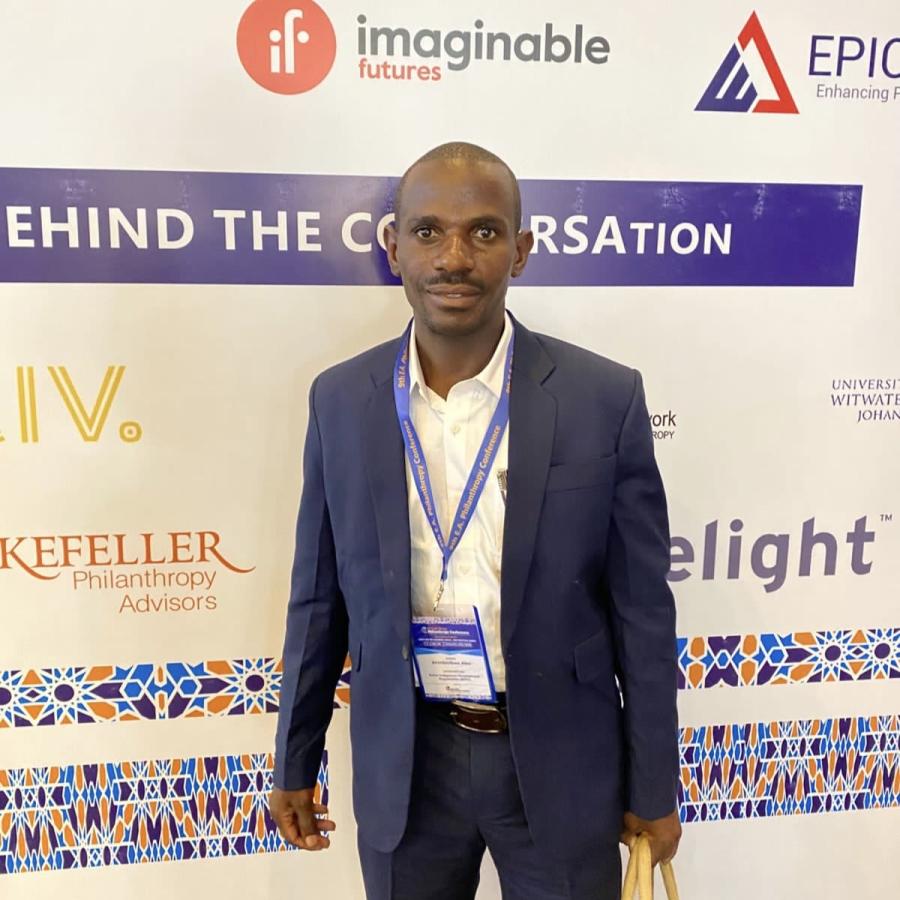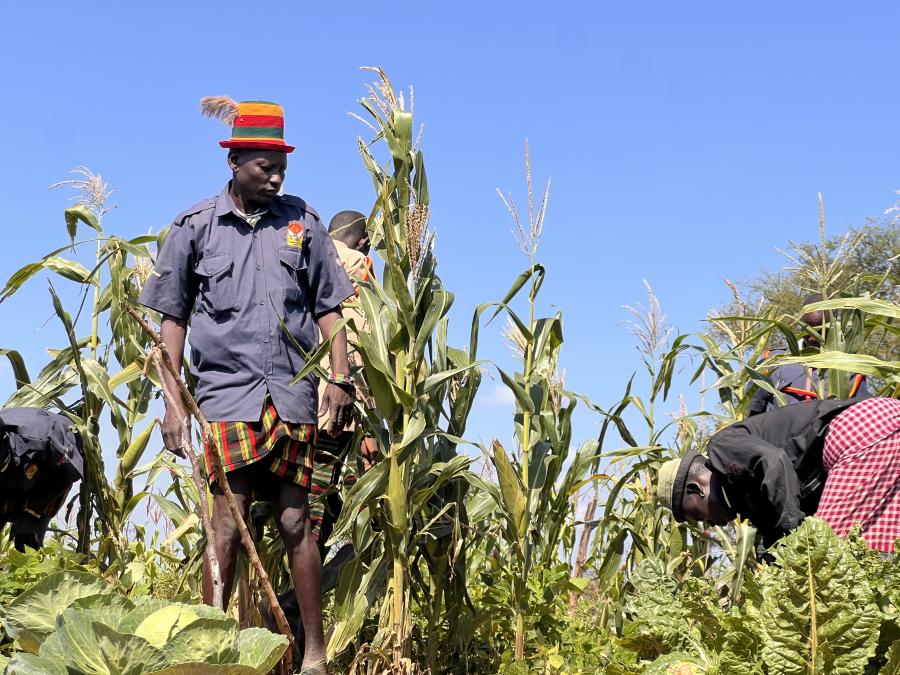At the age of 16, Ugandan-born Bernard Kibirige, a member of the Muganda tribe, found himself bearing a burden carried by many children in his country: he lost both parents to AIDS. Being the eldest child in a family of 10, he assumed full responsibility in caring for his younger siblings.
It was a difficult undertaking. Uganda is the least-developed country in East Africa, and its economy largely survives on the support of donor institutions and partner nations. Children compose nearly half of the population, and the poverty rate is an alarming 80 percent. Diseases such as AIDS and malaria have killed millions of Ugandans; political instability and a 20-year civil war in the northern part of the country have killed millions more. To compound the difficulty, one-quarter of all households in Uganda host at least one orphaned child.
It’s a responsibility that Kibirige knows all too well, and it helps guide his work as the executive director of the Saph Integrated Training Center (SITC), an indigenous nonprofit organization that helps Ugandan children heal their spirits, minds, and bodies by providing elementary school education, vocational skills training, psychosocial support, and assistance in upholding individual rights (SITC is focused on helping indigenous children, but they do not turn any child away). Children receive scholastic materials, food, clothing, medical care, and shelter. “My experience of child-headed families explains the passion, determination and commitment I have to help so many other orphaned children in Uganda,” Kibirige says. “Children are now growing up under very haphazard conditions at a level that makes them grow faster than their actual ages. This calls for our urgent joint intervention to redeem our future generation.”
Organizations like SITC, which often are frontline service providers to the most marginalized peoples, continue to be disproportionately underfunded. That’s why it is so important that Kibirige and others like him were able to present their case at the International Funders for Indigenous Peoples (IFIP) annual conference in May 2006, at the Ford Foundation in New York. The opportunity to participate at the annual gathering of donors is unique for indigenous leaders and representatives who aren’t part of most formal conference agendas.
In 2006, the Foundation Center conducted a survey of foundations and found that of the $3.8 billion foundations gave for international projects in 2005, only three-tenths of one percent went to support indigenous peoples. And 71 percent of that indigenous support came from one source: the Ford Foundation. The virtual absence of direct international funding for indigenous projects and communities has not gone unnoticed in the grantmaking community. In the past decade, donors have voiced the need to more effectively manage their grantmaking to support remote communities, to raise the awareness of indigenous issues, and to increase the involvement of indigenous peoples in the philanthropic arena. Those voices culminated in the creation of International Funders for Indigenous Peoples.
IFIP was founded in 1999 and incorporated as a nonprofit in 2006, with offices on the Akwesasne Mohawk Indian Reservation in New York. It seeks to help the most impoverished and underrepresented communities around the world by educating donors on the complex problems faced by indigenous peoples and the unique set of issues that accompanies indigenous-focused philanthropy. Initiatives that appear straightforward can often mask historical and social tensions that underscore many indigenous issues and can actually disrupt communities rather than help them. In addition, donors who work with indigenous communities and organizations face challenges as a result of language and cultural differences and geographic isolation.
To accomplish its goals, IFIP coordinates a variety of informational sessions at major donor conferences, organizes annual and international conferences like the one in New York, distributes a biannual newsletter to the philanthropic community, and maintains an informational website. And to encourage donors, it presents the annual IFIP award to the funder who makes the most outstanding contribution to indigenous support each year. This year, the award went to the Christensen Fund, which gives grants to maintain cultural and biological diversity in the world.
Earlier this year, IFIP partnered with the Levi Strauss Foundation to host its sixth annual conference, this time in San Francisco. “I’m thrilled that IFIP’s conferences can bring indigenous issues to the forefront of the philanthropic community,” said Evelyn Arce-White, executive director for IFIP. “This time we brought together more than 170 donors, indigenous leaders, and nongovernmental organizations from all over the world to discuss critical issues like global warming, land rights, social-change philanthropy, and the UN Declaration on the Rights of Indigenous Peoples.”
One notable session was the panel discussion on global warming in the Arctic and its effects on indigenous peoples. Sarah James, a board member of the Gwich’in Steering Committee, testified first-hand to the impact of extreme climate change on the traditional lifeways of Arctic communities, noting that about 75 percent of her people’s diet is still wild meat, berries, and roots, and that their activities are primarily hunting, fishing, and gathering. “In Alaska,” she said, “there are 200 villages, and in each of the villages their major concern is respect for their traditional subsistence way of living. There are about 500,000 indigenous people from approximately 30 different tribes within the Arctic region for whom climate change is very real. In my life I’ve seen extreme changes.”
James told her audience about heat waves in the Arctic, rain in the middle of winter, the absence of bees to pollinate plants, the appearance of southern animals, melting permafrost, and a shifting tree line. Her observations read like a ground report on what “unsustainable economy” looks like to peoples who live on the land. Instead of offering detailed technical recommendations, James offered a solution so simple, so often-quoted, and yet so important and so difficult to achieve that it may be the supreme challenge for the philanthropic community in coming generations: “We’ve got to have a spiritual connection to the Earth, to respect the Earth.”
Brendan White (Mohawk) is the president of the Mohawk Communications Group and a freelance writer based in Akwesasne, New York. IFIP’s next event will be a regional conference on Mexico and Central America, to be held in Querétaro, Mexico, in January 2008. To learn more about the conference or about IFIP, visit www.internationalfunders.org.


